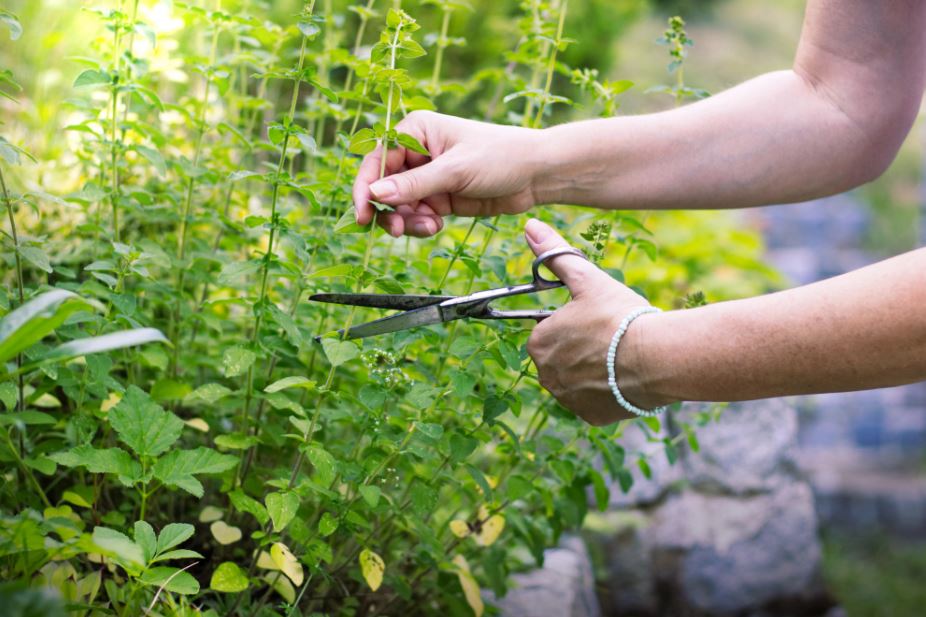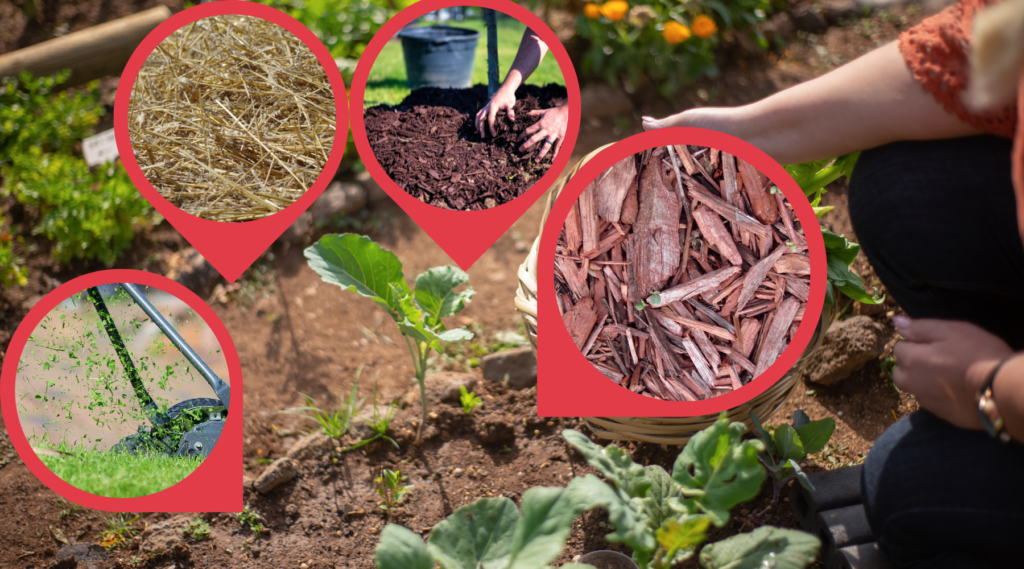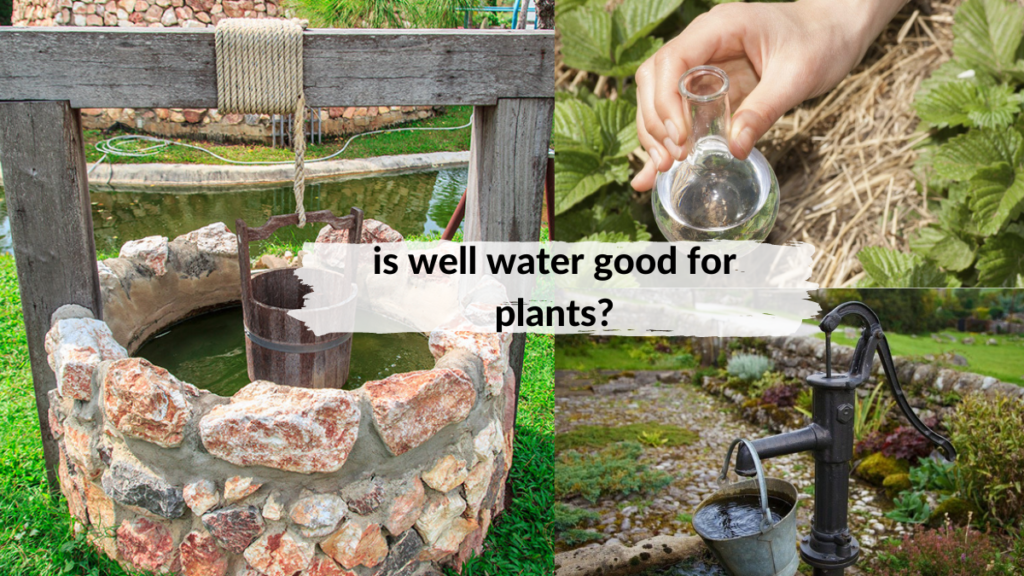Late summer tends to make vegetable gardeners feel drained by all the watering and weeding routine and are ready to put a rest to the garden. It is believed that some of the most productive gardens happen in fall because gardeners tend to plant vegetables in late summer and these all grow in the cool temperatures during fall.
Leafy greens, root crops, and brassica plants all benefit from the lower temperatures during fall as fall-grown plants tend to release sugars, which gives these crops a milder and sweeter flavor. The yields are better tasting and there is less watering and weeding required.
August is known as the transitional time for gardens. There are a lot of things that you should do so you need to prepare yourself to spend most of your time in your garden. Most gardeners find this the perfect time to enjoy the bounty and beauty of their summer garden by attending to the important gardening tasks.
tips for late summer planting to make your garden look great throughout the year
Below are some gardening tips that will help you extend the summer season in your garden and ensure that your garden will produce healthy crops continuously throughout the year:
1. regular watering
Since water evaporates fast during summer, especially mid-day, flower beds, and lawns must be watered early morning to provide important moisture time to the thirsty roots. Make it a habit to let the moisture reach deep in the soil.
2. start harvesting and clearing space
For vegetable growers, harvesting crops is indeed the most rewarding thing from gardening. When picking all above-ground plants, there will be more vegetable flowers that will form and be ready for pollination. Thinning root vegetables will allow those around them to grow bigger. Thus, allowing you to get more crops from your garden in the long run.
August is the perfect time to clear your garden from brown dying plants. Do this little by little and there will be less clean-up that you should do in the garden. If ever the cold weather starts early, there is a chance that your healthy green plants will yield an extra round of flowers.
If you need to remove whole plants, make sure that you fill in all empty spaces that are left. Try using mulch, fall plantings, or cover crops. Just do not leave any part of the ground bare to avoid pests and weeds from accessing the areas.
3. mow lawns
Adjust the cutting height of your lawnmower by raising the height. This way, longer blades of grass will keep the roots as cool as possible, especially during hot summer days. To give the lawn enough time to recover, cut the grass in the cool time of the evening.
4. cutting blooming perennials as soon as they fade
It may seem impossible to extend the life of your blooming perennials during late summer, but there is one way to do it. Cut the fading flowers as soon as you notice them. This makes the plants consume their energy in sending their buds out instead spending it on the seeds. However, the weather is an important factor to consider for the plants to continue budding.
5. save any plants that you can
Make use of every bit of your crops by saving whatever you can in your garden. Choose the plants that can successfully grow and produce more and save their seeds. This way, you can sow them for next season.
Pick large batches of fresh produce like fruits or vegetables that you can preserve and turn into canned goods or jams. If there are leftover herbs, dry them and you can use them throughout the year for different recipes.
6. maintain trees and shrubs
If there are trees, shrubs, or other perennials in the garden, you might want to give them extra attention. Get rid of all those that will not tolerate the upcoming cold temperatures. Late summer is not the right time to encourage their new growth.
Just what we mentioned on tip number 4, get rid of spent flowers once they fade away. In addition to this, start pruning back the plants if you see it needed.
Trees and shrubs that can tolerate winter or are still strong, may require deep waterings. This is a requirement, especially during hot climates. Due to the August sun, any light watering efforts will not be enough as it will only evaporate. This will leave little moisture and affect the growth of the plants.
7. control the presence of weeds
One of the most effective and easiest ways of controlling weeds is by pulling them as soon as you notice them. This is more effective than tugging them later when they have already established a strong rooting system.
8. divide plants in your garden
Late summer is considered a good time for you to start dividing plants like irises, peonies, and daylilies as soon as the flowers stopped blooming. Doing this will make plants less likely to catch diseases or pests.
9. improve your pruning skills
This can be the right time to improve your pruning skills by making some artful cuts to shape trees, shrubs, or your rose bush if you have any. This will also benefit you with thicker foliage and more flowers. Get rid of suckers that attack from the base of the plant and prevent them from stunting the growth of the plant.
10. use clippings as mulch
You should also give young plants extra TLC by adding mulch from grass clippings that you get after mowing your lawn. When using grass clippings, just make sure that there are no seeds or weeds in the clippings.
11. start making your compost
Another use for lawn clippings is starting a compost heap. Just layer the grass clippings with soil along with leftover vegetative waste you get from your kitchen. After a couple of months of decomposition, it will transform into nutrient-rich compost.
12. be updated with pest control
Always stay updated with pest control in your garden. Look for damaging aphids and other tiny pests that you can get rid of easily. There are some small pests that you can easily spray off using a hose if you notice them while the populations are still small.
13. start buying seeds
One of the things that you can do during a lazy summer afternoon is look through some seed brochures and draw inspiration for the next season. You should place an order for the seeds of the plants that you want for your garden. This will give you enough time to plant the seeds before the light frost sets in.
14. start planting for fall
If your area is fit for fall gardening, you can take advantage of it now. As cold weather sets in, crops such as lettuce, kale, mustard greens, arugula, and spinach will flourish and will be ready for harvest before the first frosts.
Before August ends, sow all seeds directly to the ground and cover them with soil. Encourage sprouting by making sure that they are well-watered. If you are living in a hardier zone where the temperatures stay warm longer, you can add other vegetables that are drought tolerant like radishes, cabbage, beets, and broccoli to the fall crop you can grow.
Despite not planning to have a fall harvest or not having more vegetables growing in the ground, planting a cover crop will help in keeping the soil loose. This will also prevent the weeds from building up and restoring reduced nutrients to the soil.
15. use a garden planner
For your late summer garden to thrive and achieve a late fall harvest, you should know when the first approximate frost date is. You can then work backward accordingly and know which crops should be planted into the ground to harvest them before the light frost sets in.
Though it is still early to think about spring garden planning or even using seeds started indoors, this will give you enough window time to plant more vegetables and harvest them before winter. A garden planner will help you learn which plants will grow during late summer and promote succession planting.
Various plants can grow well and mature quickly even when planted in late summer. They will continue growing till the late fall and even extend to early winter. On the other hand, others will winter over and grow continuously when spring comes.








